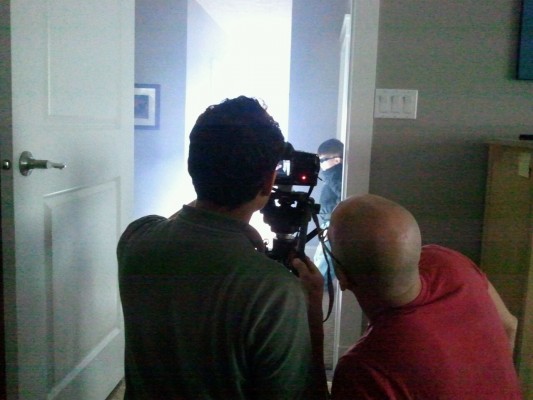 Last week I shot a commercial for a new product of which I, of course, can’t talk about until the spot is done. It’s a product for kids—and parents, I suppose—so kids were the talent… four of them… plus a dog… one-day shoot… fun times! The director wanted to go for an espionage-type concept along the lines of Mission: Impossible.
Last week I shot a commercial for a new product of which I, of course, can’t talk about until the spot is done. It’s a product for kids—and parents, I suppose—so kids were the talent… four of them… plus a dog… one-day shoot… fun times! The director wanted to go for an espionage-type concept along the lines of Mission: Impossible.
As we talked about the concept and the look he was going for, it became clear in my mind that we needed to shoot this spot in the 2.35:1 aspect ratio (or 2.4:1 as it is now handled these days). It was an easy sell as he agreed without any delay. I also thought that we needed to use a hazer for the shoot to give the shots the texture and feel of what most movies like that would have. That was a bit of a longer sell because I had to explain what a hazer was, what the effects were and why we should use it. That explanation ended up being retold to various people (i.e. the client, people on the set, etc.) as the question came up a few times. The easiest explanation for the question of “Why all the smoke?” was, “To make it look more like a spy movie.” I think I’m just going to leave it at that for this blog.
Okay, fine. A hazer is like a fog machine but instead of putting out plumes of heavy smoke that you have to waft around and wait for it to even out, it puts out a constant light mist of fog that naturally and evenly fills the room without all the swirls and inconsistency a regular fog machine would provide. Concerts lighting often uses a hazer to fill the venue with, well, haze so that the beams of light become visible. In film, that effect is generally what is desired to see shafts of light streaming from windows, but it also adds the type of atmosphere we often seen in films that just give it that extra bit of magic and texture. I hope that makes sense.
We shot the spot on the Canon 5D MkII with 24-70mm and 70-200mm zoom lenses. I mostly shot at 320 ISO, sometimes went to 640 ISO and once up to 1250 ISO and another time down to 160 ISO—all depending on how much daylight I was competing with. We only had the budget for two 1200W HMI fresnels, rather than much bigger units as I would’ve needed to get the truly desired effect of strong shafts of light through the windows. I also had two 4-foot single-tube KinoFlo units and a tungsten Arri location kit that we never touched. Marking up the 5D’s monitor and also our larger monitor for the 2.4:1 aspect ratio was kind of a pain because the camera display during standby, recording and playback all vary in position on the screen so imaginary lines had to be kept in mind while shooting and playback. If anyone knows of a better way, please let me know!
Anyway, here are a few frame grabs from the footage. The spot starts off by showing kids in their “normal” life and then it goes on to show them in their “secret-agent” mode. The product has been Photoshopped out of the picture to maintain classified…ness. All but two shots below were using the hazer.
This image above is a great example of knowing when not to light and augmenting the elements around you to get the best shot. This little girl had to leave in 15 minutes because her four hours were about to be up. We picked this wall to do some action against. I shot this from the stairwell and had someone open the front door to let more light in. Change the color balance and voilà !
This was another of my favorite “no-light” situations. The director wanted to shoot this direction. We were on the second story so I couldn’t put any lights outside the window with our budget and time frame. Haze it up, set exposure, point and shoot! Not a bad effect for an overcast day using existing natural light.
This shot, on the other hand, had our two 1200W HMIs outside shooting in through the windows at full spot.
A note about using a hazer, or any type of fog machine, in a residence. Make sure you take precautions to not set off the smoke detectors… and when you do take those precautions, make sure you’ve got all the smoke detectors accounted for. Woops.
 *On-set photo by Ryan White. Apres, Spitak.

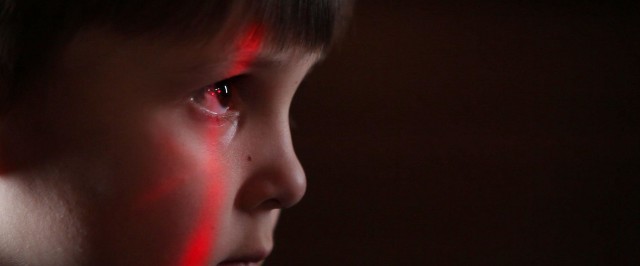
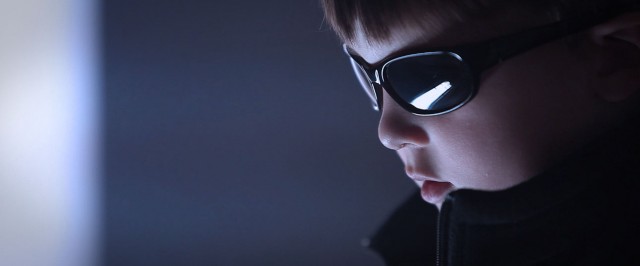

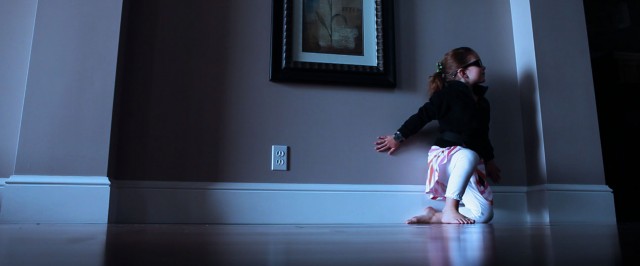
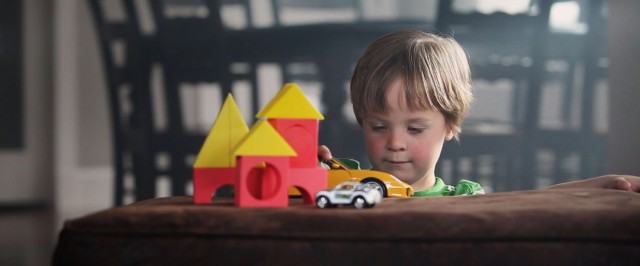
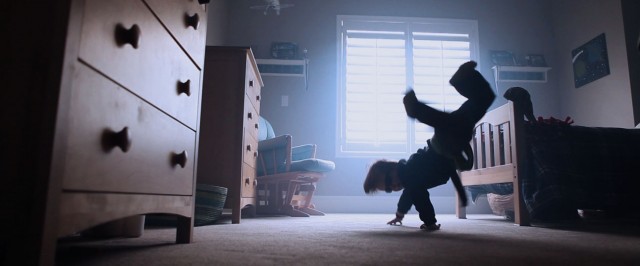


Comments
Thanks for the nice share,,,